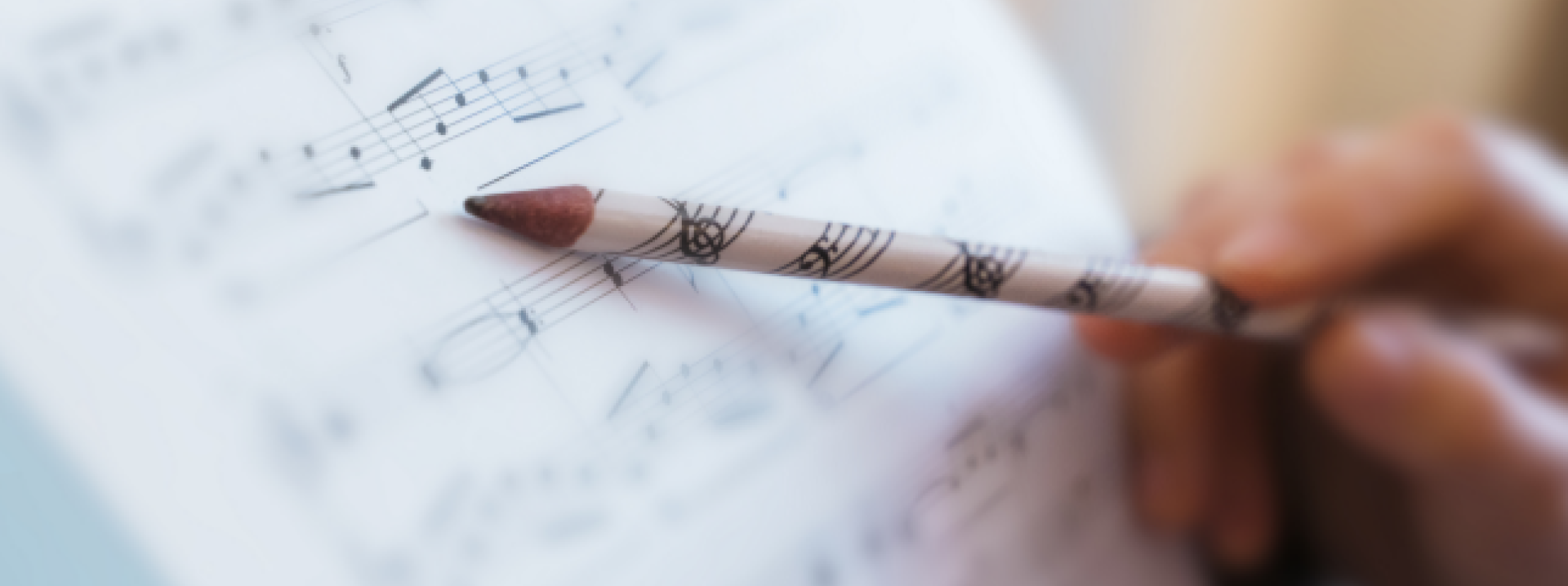Sheet music
Musical contribution - January 2014

Andantino Cantabilé (Albert Renaud, 1855-1924) – We – everyone at Johannus Orgelbouw - would like to start off with wishing you a very good, healthy and musical 2014. We hope to meet up with you on our website every month to enjoy some new organ arrangements together. We would like to focus on Albert Renaud (1855-1924) for this first 2014 edition. We really don’t know a great deal about him. We regularly come across his Toccata in D Minor on concert programmes.
But we unfortunately read or hear very little about any of his other organ works (and there aren’t that many of these). He studied with well known names like: C. Franck, Ch. Gounod, C. Saint-Saëns and J. Massenet. He was also linked to the Eglise St. François-Xavier in Paris as an organist. He did compose a number of piano and orchestral works, an opera, a mass and loose compositions for the organ.
The Andantino Cantabilé is very melodious and dedicated to his friend Alexandre Guilmant. He has suggested a three manual organ, but it’s certainly also very playable on 2 manuals. We use roughly the same sound for the first 37 bars for the Grand Orgue as we do for the Récit. Definitely no different footages. This ensures the sound stays roughly the same during the manual change. The sound will be somewhat softer when playing on the Récit.
The right hand plays on a softly accompanying manual from bars 38 to 79 and the left hand plays on another – somewhat stronger – manual. This is like a cello solo. Renaud made use of a “Voix Humaine” with a “tremblant” on the Récit, with a closed swell box. If this sound really is softer than the “cello solo”, then this results in a beautiful effect. Of course 2 strings are always beautiful.
It’s possible to use the same registration as the first time with the “Da Capo”. Although a small difference can also be very nice. Along with the use of the swell box and a slow pace with the necessary rubati here and there, we are dealing with a composition here which perfectly suits organ works by the composer’s contemporaries.
André van Vliet